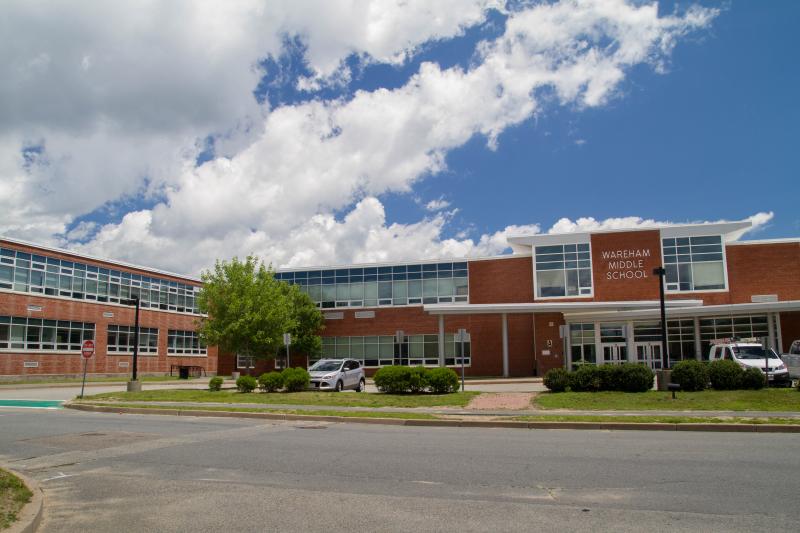Schools work to plan for unclear future
School officials are working to plan -- and budget -- for an uncertain future.
At Wednesday’s Finance Committee meeting, Superintendent Dr. Kimberly Shaver-Hood said that the schools’ already tight budget will need to be cut even more as state funding will be cut, and it is unclear whether students will return to school buildings in the fall.
Even if schools reopen, she said, a possible second wave of the virus could send students back home for a period of time.
In late December, the school committee approved a $30,751,930 budget for the 2021 fiscal year, which officials thought would necessitate cutting about 12 staff positions.
Now, that budget has to be cut even more to $29,087,700.
To get there, Shaver-Hood said that administrators have already agreed to take a zero percent raise in salary. Staff and officials are also looking at where material and supply costs can be cut, and are investigating whether transportation costs can be reduced.
The district has been awarded just over $500,000 from the federal government to help offset the costs of the coronavirus pandemic. The money is a grant that can be used over a two-year period on costs like technology, supplies, and staffing to help the district maintain its operations.
Shaver-Hood said that she thinks the district should not spend all of that money this year, especially because the new elementary school on Minot Avenue is set to open in January 2022 -- the second year covered by the grant.
The district has saved some money while schools are closed. The largest savings is in transportation for out of district students, most of whom have special education needs best met outside the district. There have been about $417,000 in savings there.
There have also been savings on utilities and on coaching stipends because the spring sports season was cancelled -- about $30,000 each.
Because about a third of the school year has been remote, the schools still have a fair amount of supplies and materials left unused. Administrative and clerical staff are returning to buildings to catalog what remains and figure out what they can cut from next year’s supply requests.
Shaver-Hood said the district has already decided to cut its paper order in half due to the success of online learning. Some of those practices will continue next year whether students are in school or not.
However, there have been extra costs to sanitation and related supplies.
All told, Shaver-Hood said she hopes to end the fiscal year on June 30 with between $500,000 and $1,000,000 left over from this year’s budget. Some of that money will be put into revolving accounts which can carry funding from year to year.
Shaver-Hood said officials are planning for a variety of scenarios:
If schools can open in August, staff would want to bring some students back early for remediation to help them catch up before the start of school in September.
If schools can open in September, what will that look like? How can students and staff be protected?
If schools can reopen but are forced to return to remote learning a few months later, how can administrators and staff be prepared?
Shaver-Hood said that testing companies the schools work with have agreed to let the schools use tests for free to assess student learning ahead of the next academic year. As soon students can return to the school buildings, they will be tested to assess where they are academically and identify those who need remedial support.














